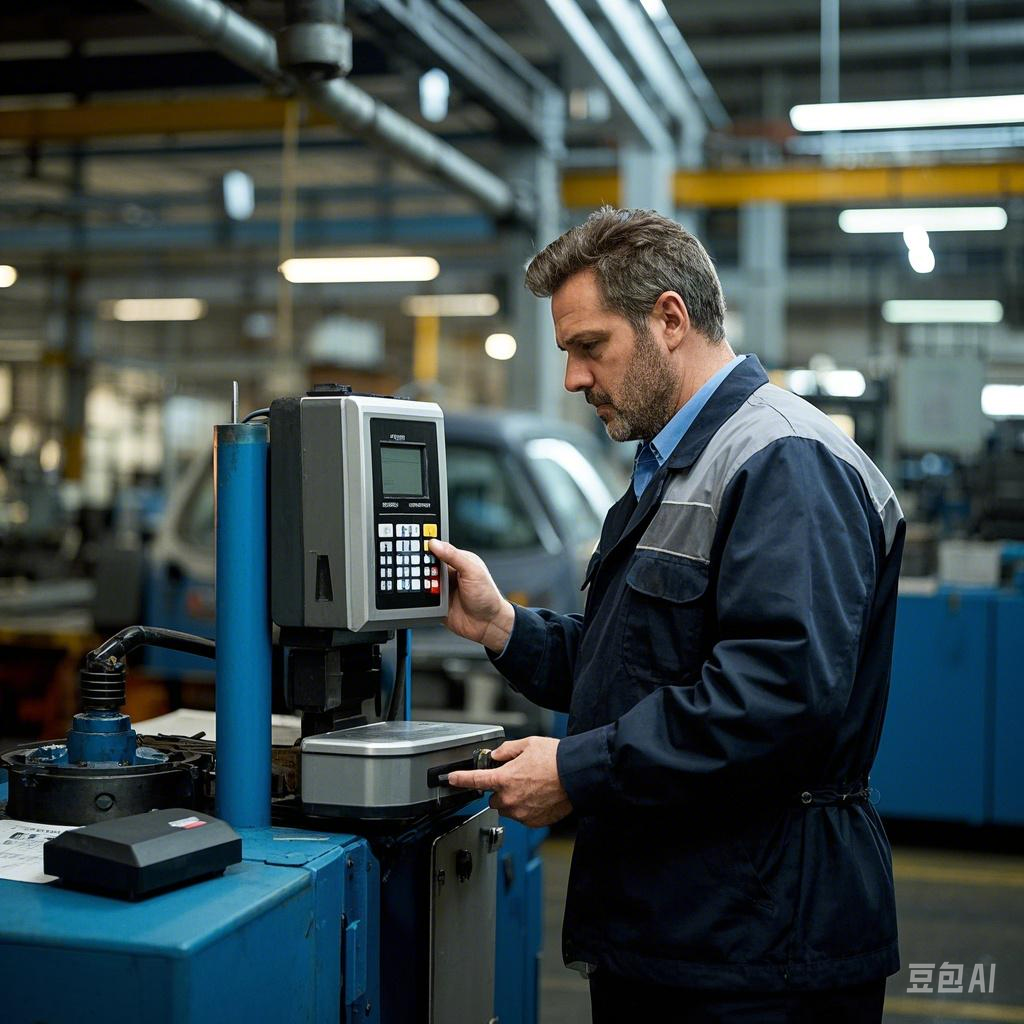Choosing the Right Attendance System for the Automotive Manufacturing Industry

Managing attendance in the automotive manufacturing industry comes with unique challenges. With a large workforce, complex shift patterns, and high-paced production demands, manufacturers need a reliable attendance system that ensures accurate time tracking, prevents fraud, and provides actionable workforce insights. In this post, we’ll explore the key factors to consider when selecting an attendance system, compare common types, and provide recommendations to help you make the best choice.
Key Factors to Consider
When evaluating attendance systems for automotive manufacturing, keep the following factors in mind:
- Accuracy: The system must reliably record clock-ins/outs, breaks, early/late arrivals, and overtime. Mistakes can lead to payroll errors, employee dissatisfaction, and compliance risks.
- Reporting Capabilities: Managers rely on attendance data for scheduling, productivity analysis, and labor cost management. Flexible and detailed reporting is essential.
- Scalability: The system should handle a large number of employees clocking in and out daily and scale as your company grows.
- Integration: Seamless integration with payroll, HR, ERP, and other back-end systems is key to streamlining operations and avoiding data silos.
- Access Control: Features that restrict access to specific terminals or times help prevent buddy punching and unauthorized use.
- Analytics: The ability to analyze attendance trends (e.g., absenteeism rates, tardiness patterns, overtime usage) can provide valuable workforce insights.
Popular Types of Attendance Systems
Here’s a closer look at the most common attendance system options and their suitability for automotive manufacturing:
1. Biometric Time Clocks
Biometric systems use fingerprint, facial recognition, hand geometry, or iris scanning to verify employee identity.
- Pros: High security; eliminates buddy punching.
- Cons: Expensive; dirt and grease in manufacturing environments can interfere with readings.
- Best For: Small-to-medium teams where security is paramount.
2. Proximity Card Readers
Employees use RFID or barcode-enabled cards to clock in/out by swiping or waving them near a reader.
- Pros: Affordable, reliable, and scalable; works well in industrial environments.
- Cons: Cards can be lost or damaged; manual entry of card numbers as a backup can undermine security.
- Best For: Large factories looking for a cost-effective, reliable solution.
3. Web-Based Time Clocks
Employees clock in/out using a web browser on a computer or mobile device.
- Pros: Flexible and easy to use; supports remote clocking.
- Cons: Relies on internet connectivity; provides less fraud prevention.
- Best For: Remote or hybrid workforces.
4. Phone-Based Systems
Employees use a hotline or mobile app to clock in/out. Modern systems include GPS tracking and photo verification for added security.
- Pros: Simple to use; suitable for distributed teams.
- Cons: Not ideal in environments where phones are restricted.
- Best For: Mobile or distributed workforces.
Our Recommendation
For most automotive manufacturers, proximity card readers strike the ideal balance between affordability, reliability, and security. They are well-suited to industrial environments, scalable for large teams, and integrate easily with other systems. While employees may lose or damage cards, backup options like manual entry minimize disruptions.
That said, manufacturers with specific needs (e.g., heightened security or remote workforces) may benefit from biometric or web-based systems. The best choice depends on your workforce size, budget, existing infrastructure, and operational priorities.
Best Practices for Implementation
Proper implementation is critical to achieving your attendance system’s full potential. Follow these steps for a successful rollout:
- Start with a Pilot Program: Test the system with a small group of employees to identify and resolve issues before company-wide deployment.
- Phase in Gradually: Roll out the system department by department to minimize disruptions.
- Train Employees and Managers: Ensure all users understand how to use the system and communicate its benefits to gain their buy-in.
- Optimize Terminal Placement: Install terminals near entrances/exits that employees already use.
- Align Policies with the System: Update attendance policies to match the system’s capabilities.
- Integrate with Payroll Immediately: Connect the system to payroll from the start to prevent errors.
- Upgrade Network Infrastructure: Ensure your network supports the system, especially for web-based solutions.
Maintaining the System
Once implemented, regular maintenance is essential:
- Inspect and clean terminals regularly to avoid hardware issues.
- Address technical problems, such as network outages or integration failures, promptly.
- Back up attendance data frequently to prevent data loss.
- Update software and replace hardware components as needed.
- Audit attendance data periodically to identify abuses or inaccuracies.
Maximizing the Value of Your Attendance System
To get the most out of your attendance system:
- Use analytics to identify trends and optimize scheduling.
- Set automated alerts for overtime or absenteeism issues.
- Integrate attendance data with payroll and production systems.
- Reward employees with positive attendance patterns.
By leveraging your system’s full capabilities, you can improve workforce efficiency, reduce costs, and align labor performance with production goals.
Conclusion
Choosing the right attendance system is a crucial step for optimizing workforce management in the automotive manufacturing industry. By carefully evaluating your needs, comparing available options, and planning a strategic implementation, you can reduce payroll errors, improve accountability, and enhance productivity.
Whether you opt for proximity card readers, biometric systems, or another solution, the right attendance system will provide the visibility and control needed to succeed in a fast-paced manufacturing environment.